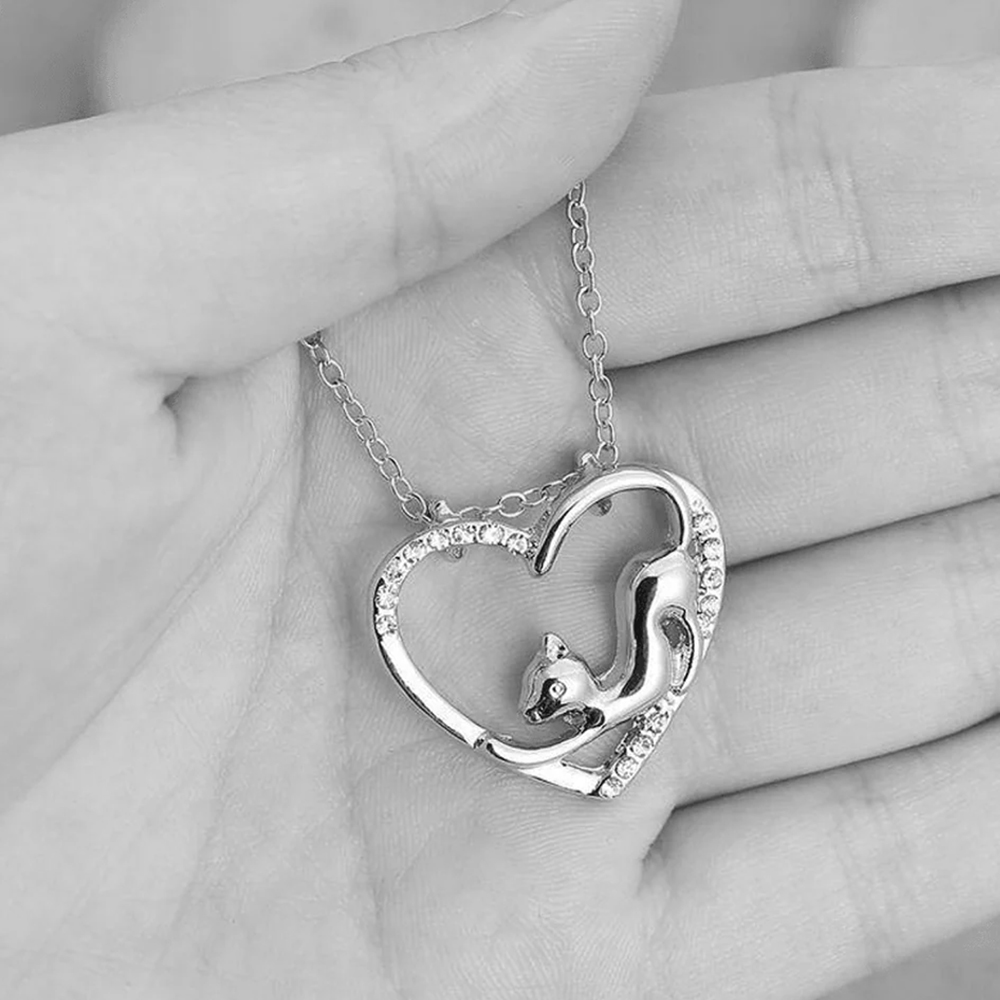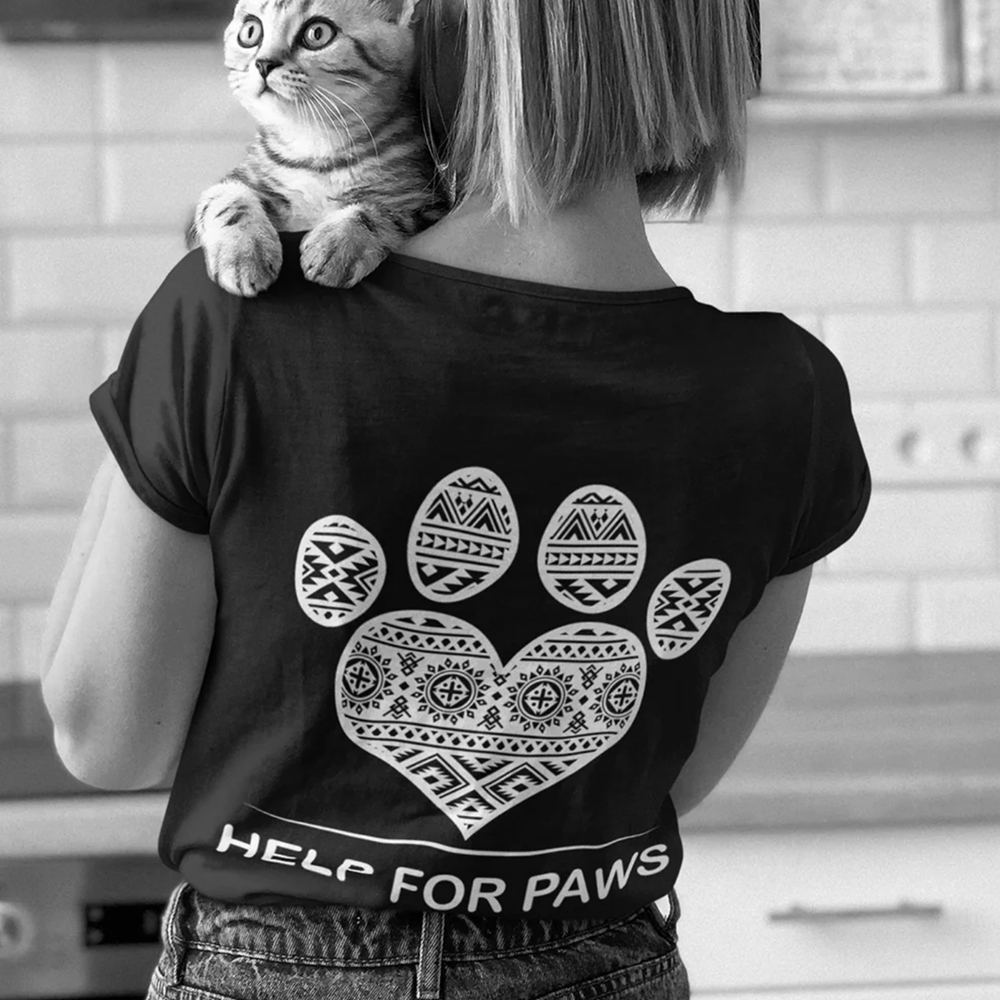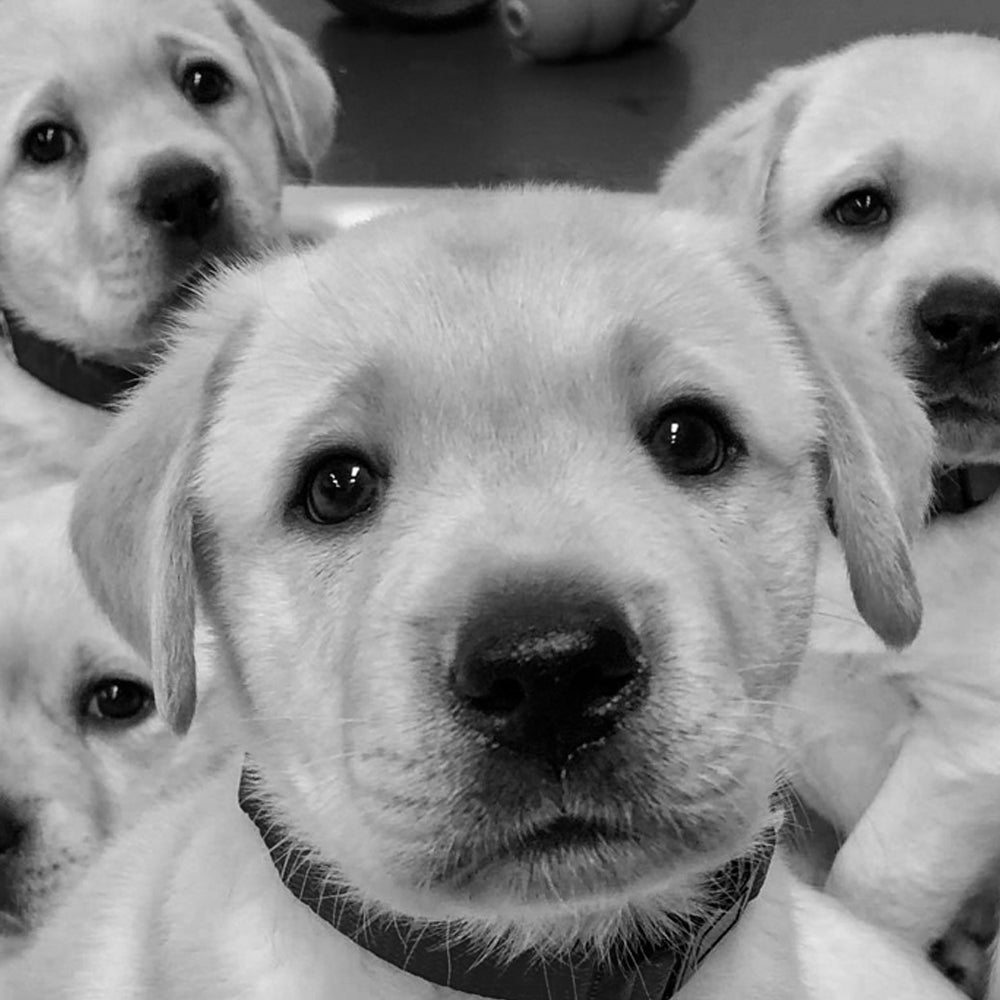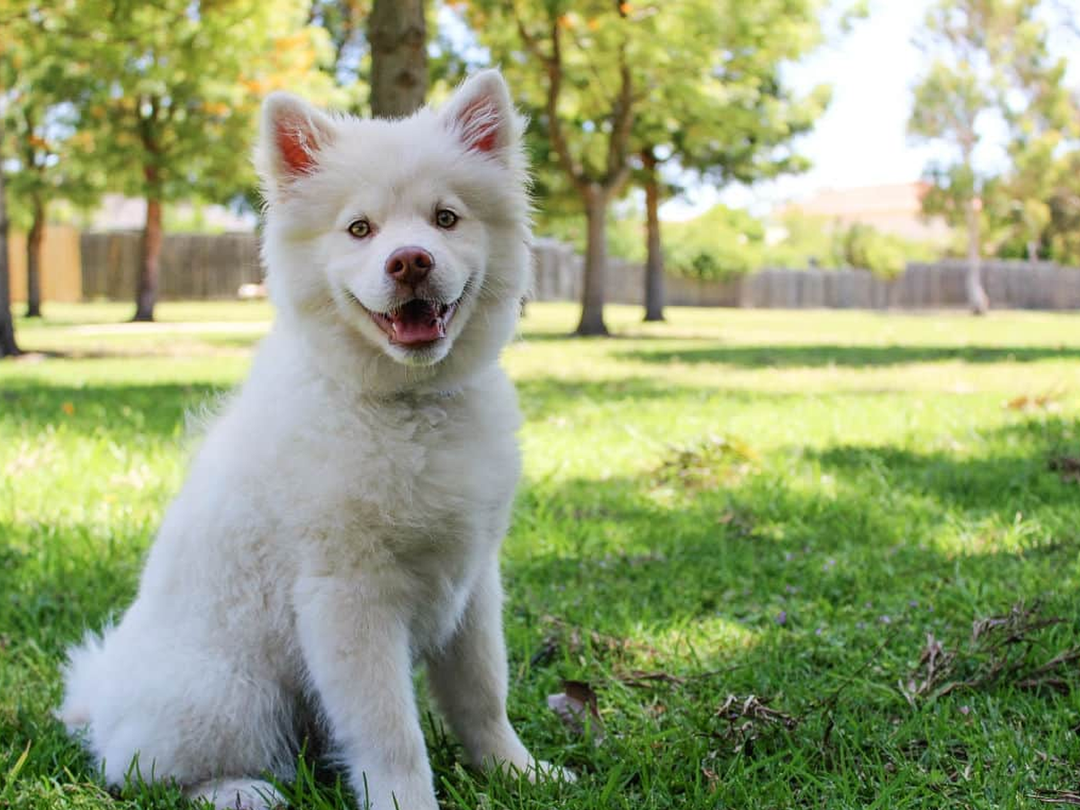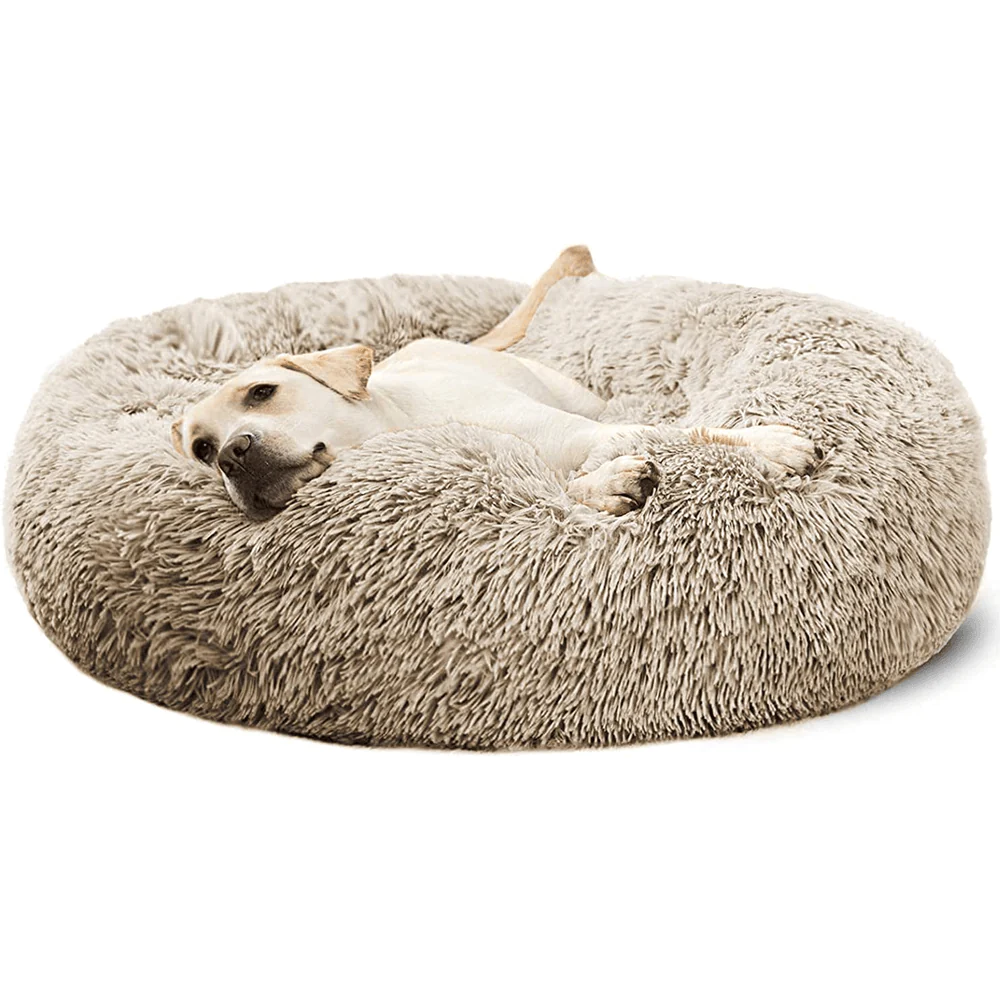The Ultimate Guide to Understanding Your Cat's Body Language
-
Introduction
As cat owners, we often find ourselves fascinated by our feline friends' mysterious and sometimes perplexing behaviours. Understanding cat body language is essential for building a strong bond and ensuring your cat's well-being. In this ultimate guide, we'll dive deep into the world of cat body language to help you become a cat communication expert.
-
Cat's eyes
Cats are expressive creatures, and their eyes can tell us a lot about what they're feeling. Here are some common eye signals to look out for:
-
Dilated pupils: When a cat's pupils are dilated, it can indicate excitement, fear, or playfulness. However, it's essential to consider the context and other body language cues to accurately interpret this signal.
-
Slow blinking: If your cat looks at you and slowly blinks, it's a sign of trust and affection. Feel free to reciprocate this "cat kiss" by slowly blinking back. This form of communication can help strengthen your bond with your cat.
-
Staring: Staring can be a sign of aggression, especially if accompanied by a stiff posture. It's best to break eye contact in such cases to avoid escalating the situation.
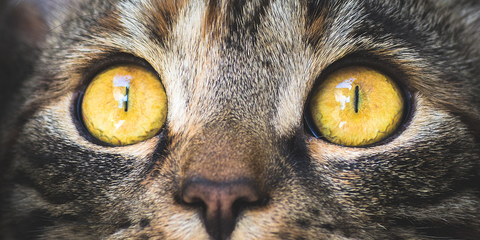
-
Cat's ears
A cat's ears are like little mood radars, always on the move and providing clues about how they're feeling:
-
Forward-facing ears: When a cat's ears are pointing forward, they're likely feeling relaxed and attentive. This indicates that the cat is interested in its surroundings and open to interaction.
-
Sideways or flattened ears: Ears that are turned sideways or flattened against the head often signal fear or aggression. This body language is a warning sign, and it's best to give your cat some space when you notice this behaviour.
-
Twitching ears: If your cat's ears are twitching, they might be irritated or anxious. Keep an eye on other body language cues to understand what might be causing your cat's discomfort.
-
Cat's tail
A cat's tail can reveal a lot about its emotional state. Here are some common tail positions and their meanings:
-
Upright and straight tail: When your cat's tail is held high and straight, it's a sign of confidence and happiness. This is a friendly greeting and indicates that your cat is open to interaction.
-
Swishing tail: A swishing or wagging tail typically signals that your cat is feeling agitated or annoyed. If you notice this behaviour, it's best to give your cat some space to cool down.
-
Puffed-up tail: A puffed-up tail, often accompanied by an arched back, indicates fear or aggression. Your cat is trying to make itself appear larger to ward off a perceived threat. It's essential to identify the source of your cat's distress and address it accordingly.
-
Cat's body posture
Your cat's overall body posture can provide additional context for understanding its emotions:
-
Relaxed body posture: A relaxed cat will have a loose, comfortable posture with its head up and body extended. This indicates that your cat is content and at ease in its environment.
-
Crouching or hiding: A cat that is crouching or hiding is likely feeling scared or threatened. Giving your cat some time and space to regain its confidence is essential in these situations. You can also provide a safe hiding spot, like a covered bed or a cardboard box, to help your cat feel more secure.
-
Arched back: When a cat arches its back and raises its fur, it's feeling threatened or frightened. This posture makes the cat appear larger and more intimidating as a defense mechanism. It's essential to identify and address the source of your cat's distress to help them feel safe again.
-
Vocalisations
Cats have a wide range of vocalizations, each with its unique meaning:
-
Meowing: Meowing is a versatile vocalization, and it can mean different things depending on the tone and frequency. A high-pitched meow can indicate a friendly greeting or a request for food, while a lower-pitched meow may signal annoyance or dissatisfaction.
-
Purring: Most often, purring indicates contentment and relaxation. However, cats may also purr when they're in pain or experiencing stress as a self-soothing mechanism. It's crucial to pay attention to your cat's overall body language and context to understand the reason behind their purring.
-
Hissing: A hissing cat is communicating fear or aggression. It's a warning signal, and it's best to give your cat space and time to calm down.
-
Common cat behaviours and what they mean
Cats have many unique behaviours that can give us insight into their feelings and needs:
-
Kneading: When a cat kneads with its paws, it's often a sign of contentment and relaxation. This behaviour typically stems from kittenhood when kittens knead their mother's belly to stimulate milk flow.
-
Headbutting: Cats headbutt or bunt their heads against people or objects as a form of affection and to mark their territory with scent glands on their face. This behaviour is a sign of trust and attachment.
-
Grooming: Cats spend a significant amount of time grooming themselves to maintain cleanliness and distribute their natural oils. However, excessive grooming may indicate stress, anxiety, or a medical issue. If you notice your cat grooming more than usual, it's essential to monitor their behaviour and consult a veterinarian if necessary.
-
Tips for improving communication with your cat
Understanding your cat's body language is crucial for building a strong bond and ensuring their well-being. Here are some tips to improve communication with your cat:
-
Observing your cat's behaviour: Spend time watching your cat interact with its environment and other pets or people. This will help you learn to recognize their unique body language cues and better understand their needs and emotions.
-
Responding appropriately to your cat's signals: Learning to interpret your cat's body language will enable you to respond appropriately to their needs, whether that means giving them space, providing comfort, or addressing potential stressors in their environment.
-
Building trust and creating a comfortable environment: A cat that feels safe and secure in its environment is more likely to display positive body language and be open to communication. Provide your cat with a comfortable living space, offer them safe hiding spots, and establish a consistent routine to foster a sense of trust and security.
-
Learning from your cat's reactions to different stimuli: Observe how your cat reacts to various situations and stimuli, such as new people, other animals, or changes in their environment. This will help you identify potential stressors and adapt your interactions to meet your cat's unique needs.

-
Conclusion
Understanding and interpreting cat body language can be a rewarding and enlightening experience. By taking the time to observe and learn from your cat, you'll be able to develop a deeper bond and cater to their emotional and physical needs more effectively. Patience and empathy are key components in building a strong relationship with your feline companion.
Always remember that every cat is unique, and their body language may vary depending on their personality, past experiences, and breed-specific traits. The more time you spend with your cat, the better you'll become at recognizing their individual signals and preferences.
Ultimately, a happy and healthy cat is the result of attentive care, understanding, and a nurturing environment. As a responsible pet owner, taking the time to learn about and respect your cat's body language is an essential aspect of providing the love and care they deserve.
With the knowledge you've gained from this ultimate guide, you're well on your way to becoming a cat communication expert. So, go ahead and enjoy the wonderful journey of understanding and bonding with your feline friend.
